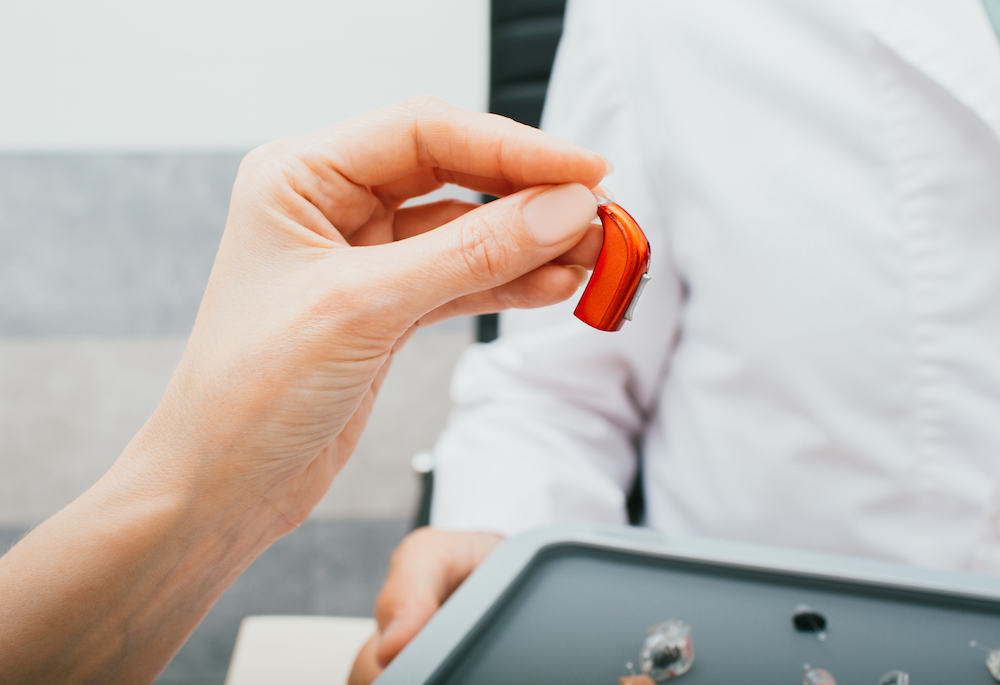Hearing Aid Accessories: Enhancing Your Listening Experience
There are always going to be unique challenges that come with living with
In remembrance & honor of those who made the ultimate sacrifice in service to The United States of America,
we will be closed this Memorial Day, May 27, 2024.


There are always going to be unique challenges that come with living with

Most people, at one time or another, will need to have a hearing test in

The right hearing aid can be a game-changer for those experiencing hearing